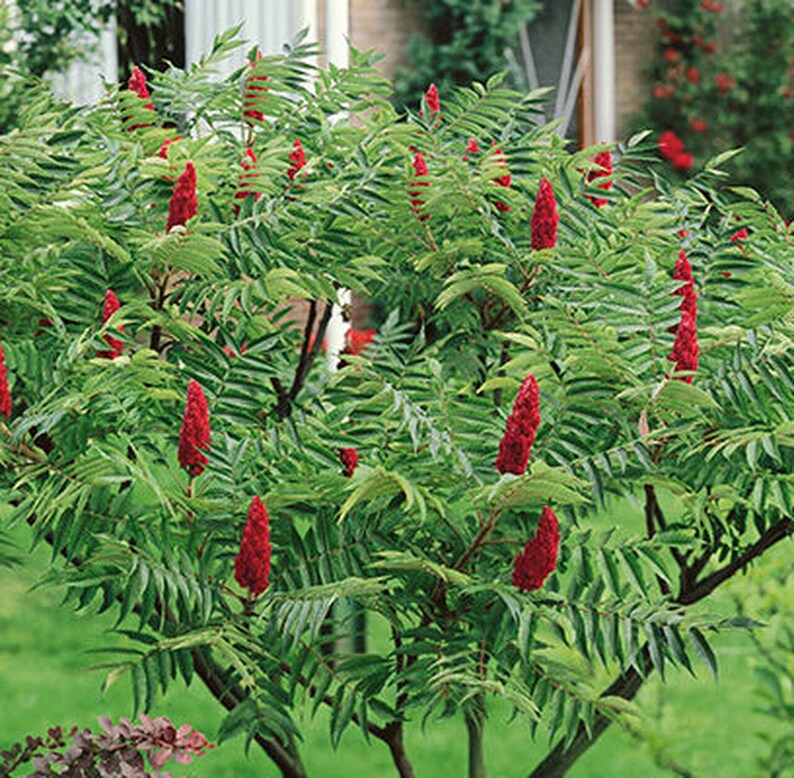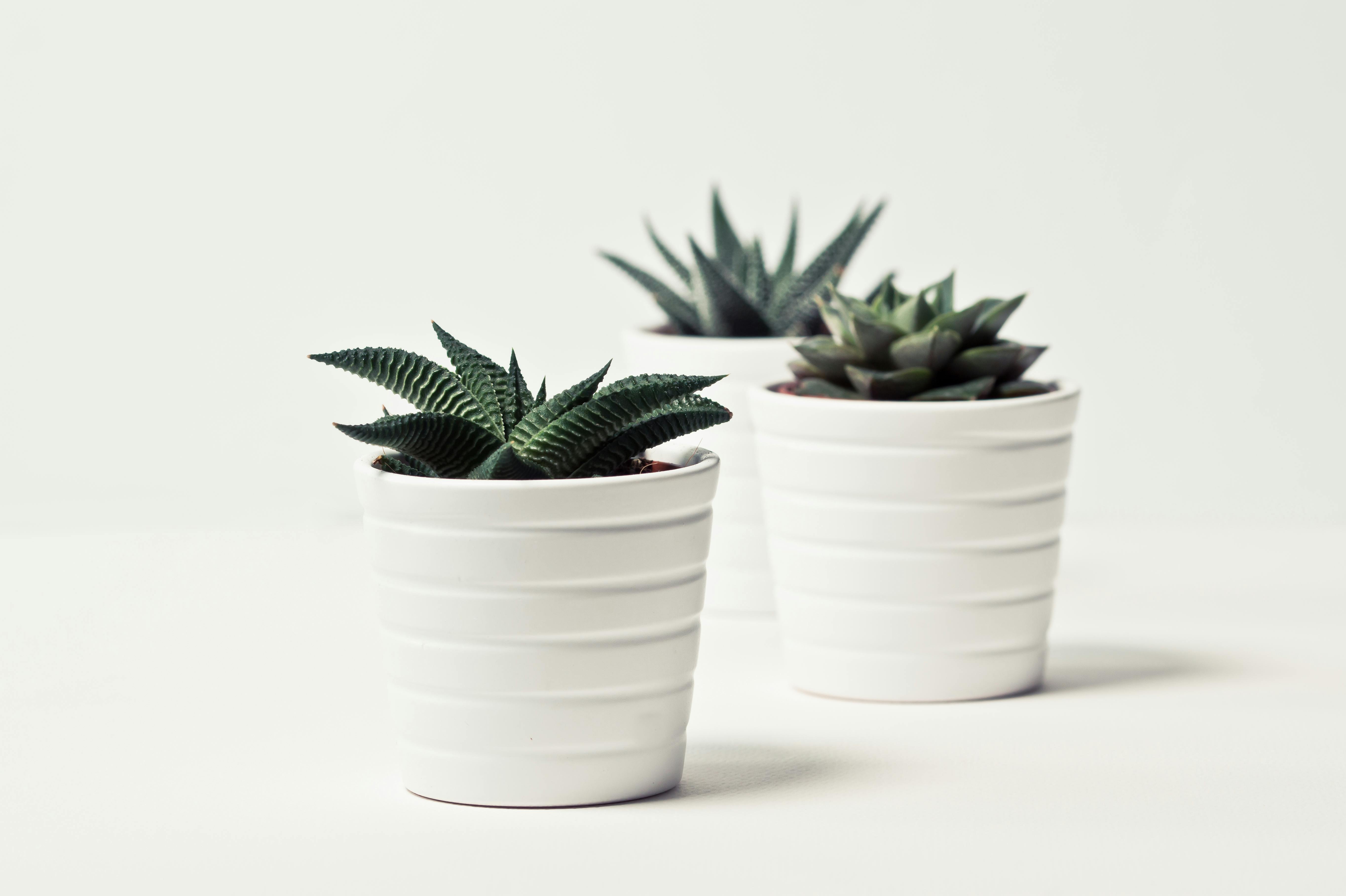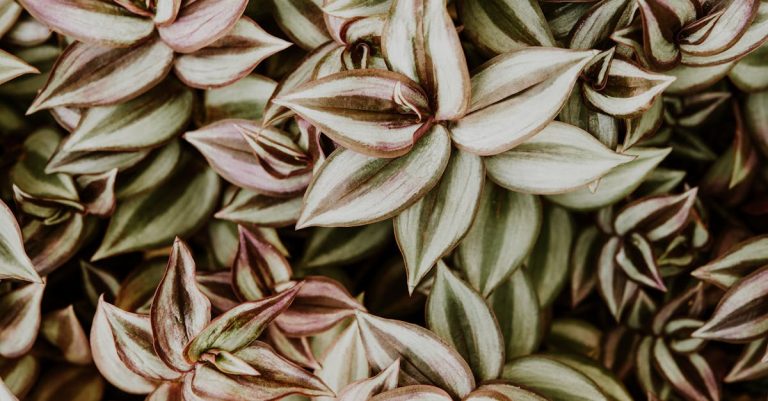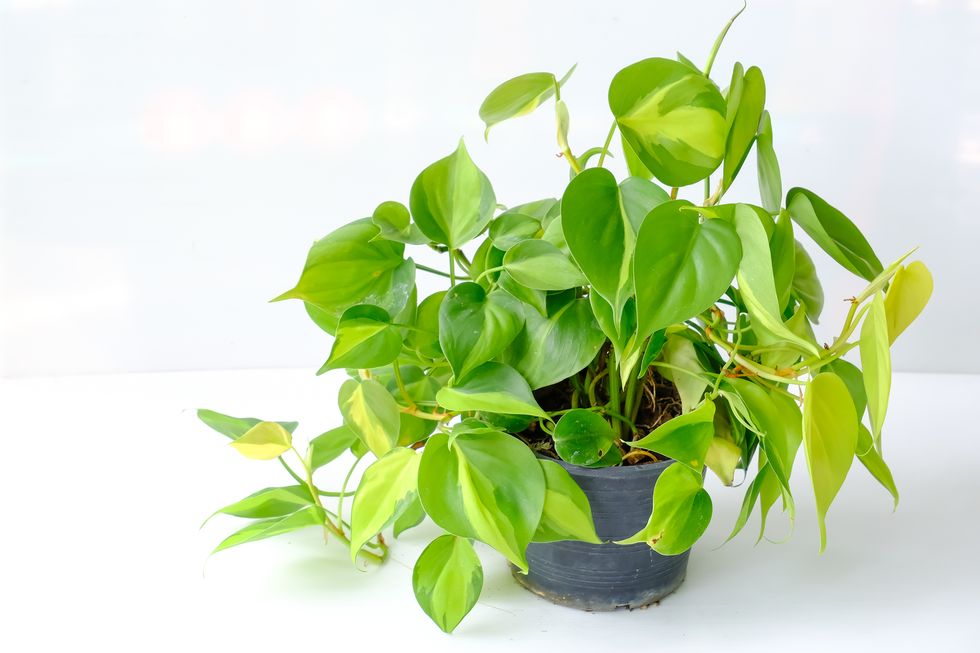How To Care For Staghorn Sumneriana (Platycerium sumneriana)
How to Care for Staghorn Fern (Platycerium sumnerianum): A Detailed Guide
The Staghorn Fern (Platycerium sumnerianum) is a unique and eye-catching epiphytic fern known for its distinctive fronds that resemble the antlers of a stag. Native to the tropical regions of Africa and Madagascar, this fern is often grown mounted on boards or hanging baskets, making it a striking addition to any indoor or outdoor space. Here’s a comprehensive guide to help you care for your Staghorn Fern and keep it thriving.
1. Light Requirements
Staghorn Ferns thrive in bright, indirect light. Too much direct sunlight can scorch the fronds, while too little light can result in slow growth. Place your fern near an east or north-facing window where it can receive filtered light. If natural light is limited, you can use fluorescent or LED grow lights to supplement.
2. Watering
Staghorn Ferns absorb water through their fronds and the base where the roots are located. The key is to keep the plant consistently moist but not waterlogged:
- Mounted Plants: Soak the entire plant in water for about 10-20 minutes once a week during the growing season (spring and summer). Allow it to drain thoroughly before rehanging. In the fall and winter, reduce watering to once every 2-3 weeks.
- Potted Plants: Water the plant when the top inch of soil feels dry. Use room temperature, distilled, or rainwater to avoid chlorine and other chemicals that can harm the plant. Ensure the pot has good drainage to prevent water from stagnating at the bottom.

3. Humidity
Staghorn Ferns thrive in high humidity environments, ideally between 50-70%. If your home is dry, especially during winter, increase humidity by:
- Using a humidifier near the plant.
- Placing the plant on a tray filled with water and pebbles.
- Grouping plants together to create a micro-humid environment.
- Regularly misting the fronds with water.
4. Temperature
Staghorn Ferns prefer temperatures between 60-80°F (16-27°C). They are sensitive to cold drafts and sudden temperature changes. Keep the plant away from windows or doors that may have cool drafts and from heating or air conditioning vents. Avoid exposing the plant to temperatures below 50°F (10°C).
5. Mounting and Potting
Staghorn Ferns are typically grown mounted on boards or in hanging baskets rather than in traditional pots. Here’s how to mount a Staghorn Fern:
- Mounting on a Board: Use a piece of untreated wood or cork board. Place a layer of sphagnum moss on the board where the fern will sit. Position the fern on the moss and secure it with fishing line, twine, or nylon stockings, wrapping it around the board to hold the fern in place. The fern’s roots and basal fronds should be in contact with the moss.
- Hanging Basket: Use a basket lined with sphagnum moss. Place the fern in the basket and fill around it with additional moss to secure it. Hang the basket in a location with bright, indirect light.
6. Fertilizing
Feed your Staghorn Fern every 4-6 weeks during the growing season with a balanced, water-soluble fertilizer diluted to half strength. You can also use a slow-release fertilizer or organic options like fish emulsion. Avoid fertilizing in the fall and winter months when the plant’s growth slows. Over-fertilizing can lead to a buildup of salts in the moss or soil, which can harm the plant.
7. Pruning
Regular pruning helps maintain the plant’s shape and encourages healthy growth. Use clean, sharp scissors or pruning shears to trim back any damaged or dead fronds. Remove any brown or black fronds at the base to improve air circulation around the plant. This also helps to keep the plant looking tidy and vibrant.
8. Propagation
Staghorn Ferns can be propagated through division or by removing and planting the “pups” or offshoots:
- Division: Carefully remove the fern from its mount or pot and gently separate the root ball into smaller sections, ensuring each section has several fronds and healthy roots. Mount or pot each division as described above and water thoroughly.
- Pups: Remove the small ferns that grow at the base of the parent plant. Mount or pot the pups and care for them as you would a mature fern.
9. Pest and Disease Management
Staghorn Ferns are relatively resistant to pests, but they can occasionally be affected by scale insects and mealybugs. Regularly inspect the plant for signs of pests, such as sticky residue or visible insects. Treat infestations with insecticidal soap, neem oil, or by wiping the fronds with a damp cloth. Proper watering and good air circulation help prevent fungal and bacterial diseases. If you notice any signs of disease, such as black spots or wilting fronds, remove the affected areas and adjust watering practices.
10. Special Care Tips
- Frond Care: The fronds of Staghorn Ferns can collect dust, which can interfere with photosynthesis. Clean the fronds gently with a damp cloth or sponge to keep them looking their best. Avoid using leaf shine products, as they can clog the pores on the fronds.
- Basal Fronds: The basal fronds, which are the shield-like structures at the base of the plant, play an essential role in absorbing water and nutrients. Do not remove these fronds, even if they turn brown, as they protect the roots and help the plant retain moisture.
Conclusion
Staghorn Ferns, with their unique fronds and distinctive mounting requirements, can be a fascinating and rewarding addition to your plant collection. By providing the right light, moisture, and environment, you can enjoy the beauty and growth of this plant for years. Regular maintenance, including proper watering, fertilizing, and pruning, will ensure your Staghorn Fern remains healthy and vibrant. Whether you are a seasoned gardener or a beginner, Platycerium sumnerianum offers a visually captivating and fulfilling plant care experience.
Staghorn Sumneriana (Platycerium sumneriana) is a unique and visually captivating species of fern that is native to Australia. This plant is characterized by its antler-like fronds that resemble the horns of a stag, hence its common name. Due to its striking appearance and popularity among plant enthusiasts, caring for Staghorn Sumneriana has become an important topic for those looking to add this plant to their collection.
Dating back to the late 19th century, Staghorn Sumneriana has been prized for its ornamental value and distinctive appearance. Over the years, it has gained popularity as a houseplant and is often used in botanical gardens and greenhouses around the world. With its air purifying qualities and low maintenance requirements, Staghorn Sumneriana has become a favorite choice for both experienced and novice gardeners.
One key aspect of caring for Staghorn Sumneriana is ensuring that it receives adequate light and humidity. This plant thrives in bright, indirect light, making it ideal for placement near a window or in a well-lit room. Additionally, Staghorn Sumneriana benefits from regular misting or placing a humidifier nearby to create a humid environment that mimics its natural habitat. By providing the right conditions, this plant can flourish and grow to its full potential.
In addition to light and humidity, Staghorn Sumneriana requires proper watering and feeding to thrive. It is important to water this plant regularly, allowing the soil to dry out slightly between waterings to prevent root rot. Fertilizing Staghorn Sumneriana every few weeks during the growing season can also help promote healthy growth and vibrant fronds. With the right care and attention, Staghorn Sumneriana can be a stunning addition to any indoor garden or living space.





